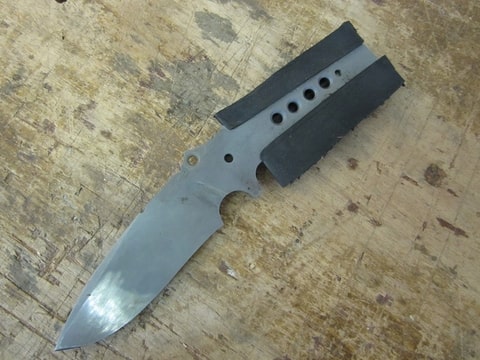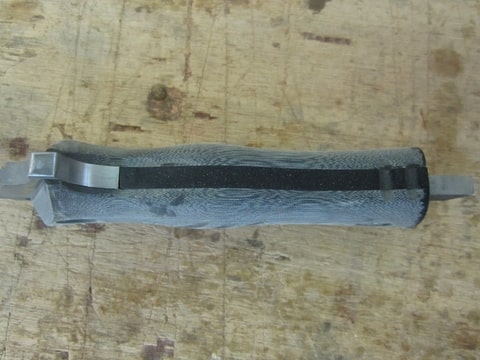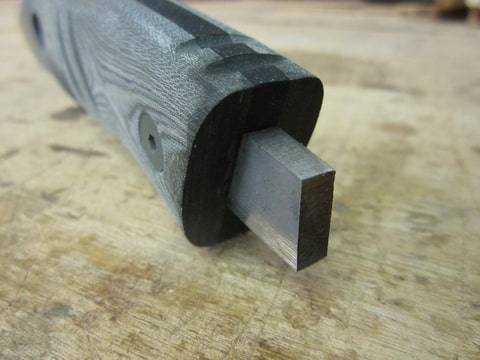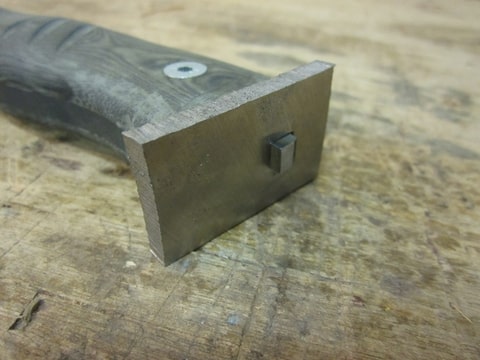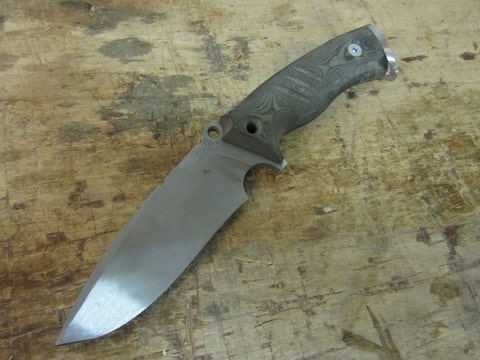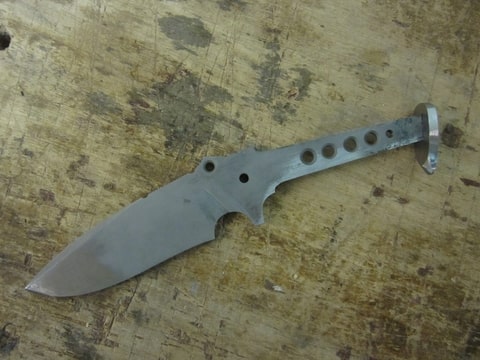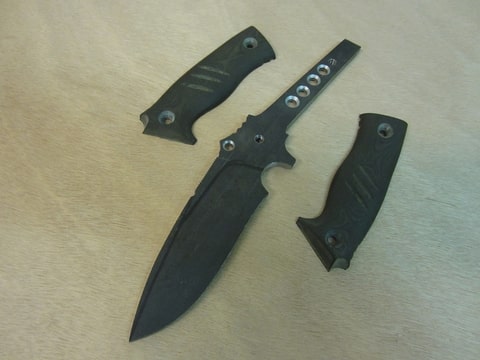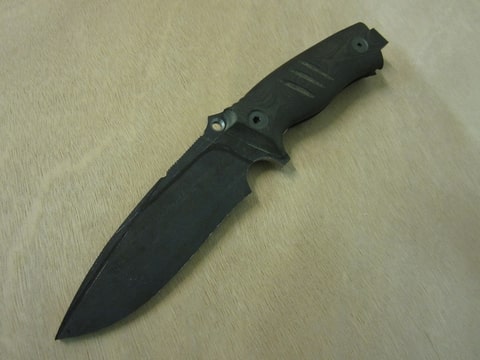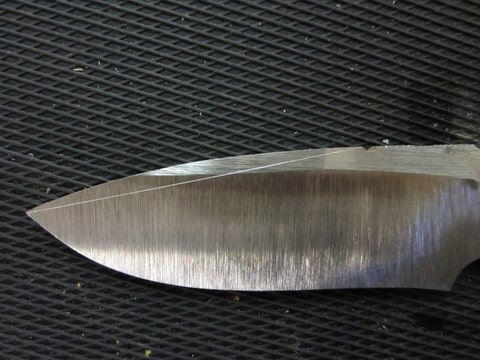BladeSports NLD
Hi I would like to introduce BladeSports NLD here on the forum. For the people who don’t know what BladeSports is, click on one of the youtube links and it will tell more than a thousand words. But to try, BladeSports is a competition in which knives are used to cut en chop through a number of stages. The person who can do this safely and successfully in the least amount of time wins. Simple…
BladeSports International is an American organization with two daughter organizations being BladeSports UK and BladeSports Netherlands. Every year the world championship is being organized on the BladeShow in Atlanta. This year the first Dutch BladeSporter competed in this event.
So what is the link between BladeSports and a tactical forum. Well the focus of tactical knives is real time use. No stories, no marketing, no fantasies, but real hard use in situations that are not predefined. This means that the maker should test his knives, techniques and materials. BladeSports, besides being a lot of fun, can be a great part of this testing.
Is a tang knife strong enough? A question that’s being asked very frequently, but is being answered in these competitions. When you look at the abuse the knives go through during a competition, only the strongest knives will survive. Stick tang knives not only are strong enough, but are also much better to control (in my opinion). Steels, handle material, configurations etc. All are being tested in the competitions. You learn real time what works and what not. So what are some of the things I learned? Cheap safety cord will rip your flesh till it bleeds, use good paracord. Grooved handles look nice but will tear your hand up when cutting through a 2”x4” wooden beam, plain old rubber will produce a superior grip, a convex edge will save you lots of seconds, etc.
So is BladeSports the ultimate testing ground? No certainly not but it can be part of your testing routine. Even if you are not a knifemaker but own a big knife, it might be a very fun way to test your knife in a controlled surrounding. Also you can impove your cutting techniques, will save you time in the woods…
BladeSports NLD will organize new meetings in August or September, interested people are more than welcome to join. Would you like to participate in the competitions than join one of the certification meetings and be part of all the fun!
The Dutch website: www.bladesports.nl

Cutting the 2x4 wooden beam

Cutting a standing 2x4 wooden beam

Cutting as much full rings as possible, every ring represents bonus points

Cutting the free hanging rope op 2,5 cm, the second rope is 3,75 cm and the third 5,0 cm.

Cutting a standing cardboard tube in two
http://www.youtube.com/watch?v=LM4Zl001ITY
http://www.youtube.com/watch?v=o0IoHO26Nrg


